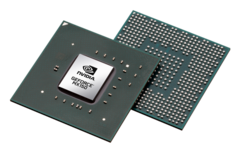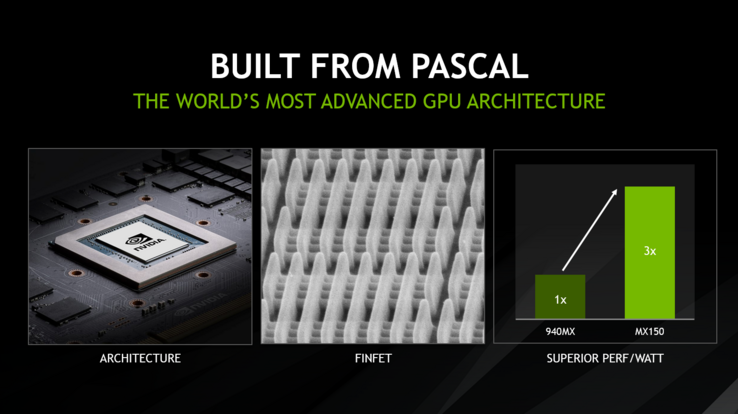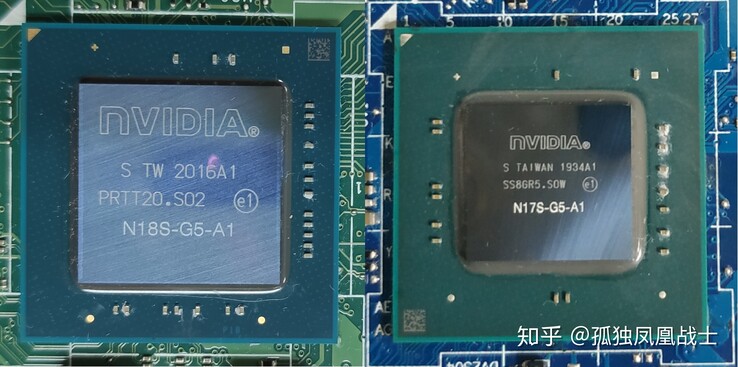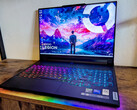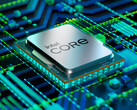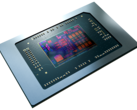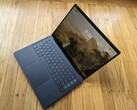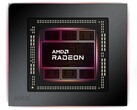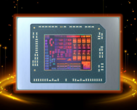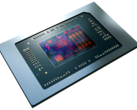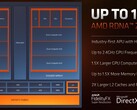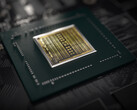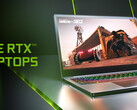MX150: The heyday
Acer's Aspire 5 was one of the first laptops to launch with the MX150; a strong debut that found it dramatically more powerful than integrated graphics and certainly more efficient than other discrete ones. Of course, it wasn't in the business of matching more powerful graphics cards - but at reduced settings, or in older games, it held its own remarkably well, and an 8:30-hr battery life was excellent for the time.
MX250: The first cracks appear
The CPUs in Lenovo's 2019 IdeaPad S540 had double the core count of that older Acer Aspire - but the MX250 in the version with Nvidia graphics was almost identical to the MX150, with only 3% faster clockspeeds to show for the two years. Both of them were now facing down AMD's Ryzen processors, which were really beginning to fire up the market with their second generation. Though the Ryzen model was noticeably less efficient and performant in gaming, all of a sudden Nvidia's lead in the low-end didn't look so unassailable.
MX350: Stuck in the middle
The Ryzen 4000 series brought a big jump to graphics performance, and to efficiency; laptops like the Yoga Slim 7 could match or beat the MX150 and 250, and all Nvidia had to respond with was... the MX350. Going from a GT 1030 to a cut-down GTX 1050 was a modest upgrade that barely kept it in the lead against AMD's Vega. But Vega wasn't the only challenge to contend with - Intel's Iris Xe graphics had arrived on the scene, too. Though its drivers would certainly need work, 11th Gen "Tiger Lake" brought even bigger improvements - and the MX350 in machines like the Vivobook 15 K513EQ could find itself struggling to pull ahead.
MX450: Too little, too late?
Only in late 2020 did Nvidia throw its poor entry-level laptop brand a real bone. The MX450 dramatically out-did its predecessors - although it was still a backhanded compliment of sorts. The Turing architecture it was based on was approaching its third birthday, and it sometimes struggled to justify its existence when proving less efficient than the GTX 1650 it was based on. By the time the Zenbook Flip 15 Q508U came out at the end of its lifecycle, the Ryzen 6000 series chips were out, and their RDNA2-based integrated graphics seem to finally have put the MX450 to bed...
Missing in action
...and nothing really seems to have woken up to take its place. It's been almost two years since Nvidia announced the MX550 and MX570, the supposed follow-ups in this series, but neither of them seem to have really materialised in the open market, with only a single model of the latter spotted out in the wild. Both seem to have hit a ceiling on what they can get away with in the quest to keep a performance lead; pushing power draw (already a far cry from the MX150's 15-25 W) higher or increasing their measly memory allocation would risk encroaching on the territory of Nvidia's own RTX 3050.
Ultimately, though MX graphics cards appear to have gone extinct, it is difficult to say that they will be missed. In the end, they were outcompeted - their niche, for consumers wanting something faster than integrated graphics but leaner than a 50-class graphics card - simply shrank until it vanished.
And, well, still only having 2 GB of vRAM going into a console generation that's straining graphics cards with four times as much probably didn't help.
Source(s)
Nvidia & Own




